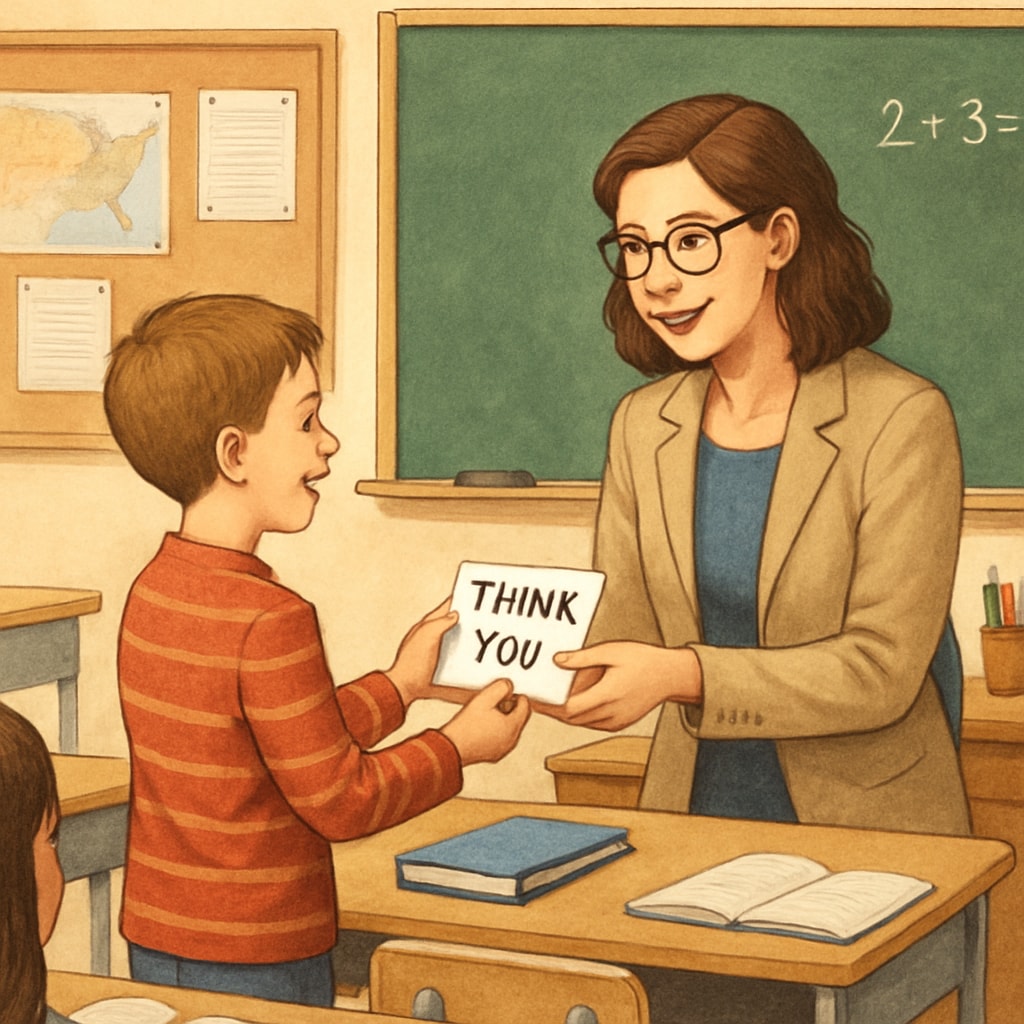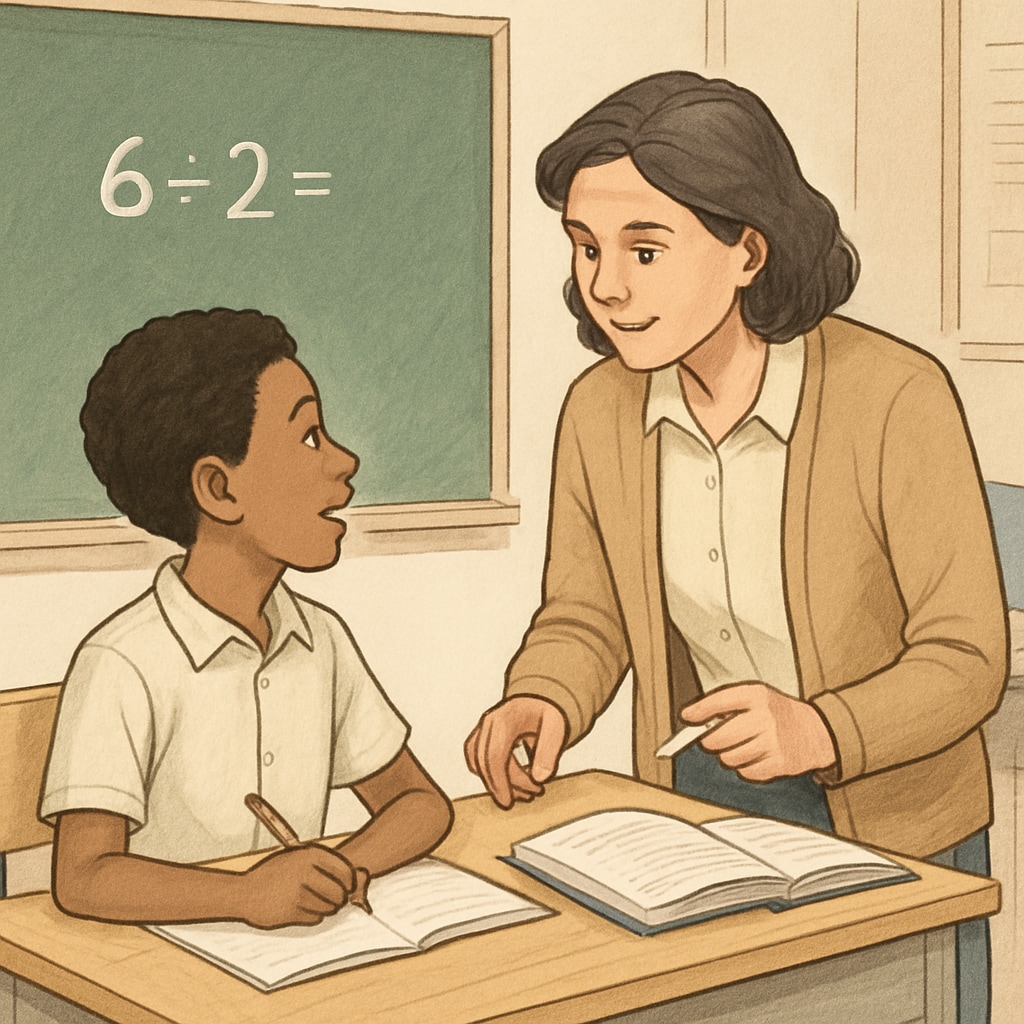When students express genuine gratitude, it can profoundly influence teachers, creating a ripple effect of positivity and fulfillment. The emotional connection fostered through these moments of appreciation forms the foundation of effective education. Teachers dedicate their lives to shaping young minds, and a heartfelt “thank you” from a student can serve as a beacon of light in their demanding journey. This article delves into the emotional impact of student gratitude on teachers, highlighting how such gestures strengthen the teacher-student bond and enhance the overall teaching experience.
The Transformative Power of Student Gratitude
Gratitude, especially when expressed sincerely, holds incredible power. For teachers, students’ words of appreciation validate their hard work, patience, and unwavering commitment. A simple “thank you” can remind educators why they chose this path, reigniting their passion for teaching despite the challenges. Research also suggests that gratitude fosters emotional well-being and strengthens interpersonal relationships, making it an essential element in the classroom environment.
For example, when a teacher receives a handwritten note from a student thanking them for their support, it often becomes a cherished keepsake. Such moments remind educators of the positive influence they have on their students’ lives, creating a sense of purpose and fulfillment. As a result, teachers feel more motivated to continue their work with enthusiasm and dedication.

Building Emotional Connections in the Classroom
Effective education goes beyond textbooks and lesson plans; it thrives on emotional connections. When students express gratitude, they establish a bridge of mutual respect and understanding with their teachers. This connection fosters a positive learning environment where students feel supported and teachers feel valued.
Moreover, emotional connections between students and teachers can lead to improved academic outcomes. Studies have shown that students perform better when they feel understood and appreciated by their educators. Similarly, teachers who experience such connections report higher levels of job satisfaction and lower burnout rates. These findings underscore the importance of fostering gratitude and respect within the classroom.
Here are a few ways students can express gratitude to their teachers:
- Writing a short thank-you note or card.
- Verbally expressing appreciation after a lesson or a significant milestone.
- Creating small, thoughtful gestures like drawing a picture or sharing a positive story.

Gratitude: A Two-Way Street
While this article emphasizes the importance of student gratitude, it is worth noting that gratitude is a two-way street. Teachers who express appreciation for their students’ efforts and achievements also contribute to a positive classroom dynamic. This mutual exchange of gratitude fosters trust and cooperation, creating a harmonious learning environment.
For instance, a teacher who acknowledges a student’s hard work by saying, “I’m proud of your progress,” not only boosts the student’s confidence but also strengthens the teacher-student relationship. Over time, this cycle of gratitude creates a culture of kindness and respect, benefiting everyone involved.
Conclusion: The Lasting Impact of “Thank You”
In the realm of education, the emotional impact of gratitude cannot be overstated. A simple “thank you” from a student has the power to brighten a teacher’s day, reinforce their dedication, and strengthen the emotional bonds that make teaching so rewarding. As teachers and students alike embrace gratitude, they pave the way for a more compassionate and effective educational experience.
Ultimately, the act of expressing appreciation is not just about saying the words; it is about recognizing the effort, care, and love that educators pour into their work. For teachers, these moments of acknowledgment become the brightest stars in their professional journey.
Readability guidance: This article uses short paragraphs, lists, and clear transitions to ensure accessibility. Emotional connections and the impact of gratitude are explored in-depth to provide valuable insights for both educators and students.


